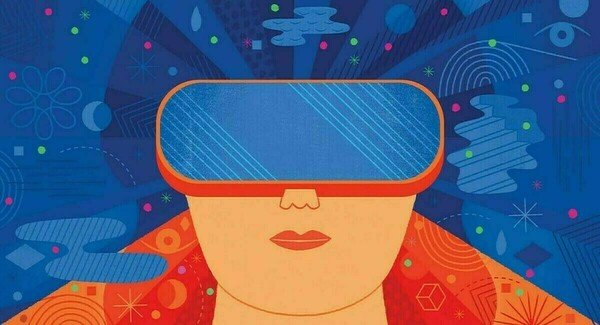
An undergraduate student in Hesburgh Library straps a white headset around her head and over her eyes . . . and steps into another world.
While studying concepts ranging from carbon-neutral architectural design to boardroom strategy to exposure therapy and beyond, Notre Dame faculty and students are donning virtual-reality headsets to immerse themselves in alternative universes.
Extended reality (XR) is one of the hottest new tools in higher education. “XR” is a catchall term that includes virtual reality, augmented reality and mixed reality, using technologies that blend the virtual and real worlds or offer a fully immersive experience.
Virtual reality (VR) gives users that immersive feel. Augmented reality incorporates computer-generated content into real-world experience — think Pokémon Go. Mixed reality technology merges those real-world and computer-generated images, like Instagram photo filters and virtual room makeovers that reimagine your home decor. But for many people, the terms don’t mean much until the first time they wear a headset and take a look for themselves.
Educational XR tools trend toward VR. They visually transport users into a different setting from the safe confines of a classroom or laboratory. Users may even take on other personas to explore how they might react to a situation if they were of a different age, race or gender.
In an introductory art class, for instance, students use the headsets to virtually draw, paint or sculpt their ideas, then share results via computer tablets. Novices must learn to think in three dimensions, and VR can help, says Justin Barfield ’13MFA, a studio art associate professor of the practice. “I love teaching in VR,” he adds. “It allows students to go through iterations of things they want to make without wasting money or materials. There’s a huge success in that.”
Read the rest of the story on the Notre Dame Magazine website.